|
Getting your Trinity Audio player ready...
|
You know that social media can be an effective tool for businesses in just about every industry.
You know who else knows that? Literally everyone.
Why social media is important isn’t what really matters. What matters is how you can use it effectively to build your audience, develop a community, and increase both your brand awareness and loyalty.
It all boils down to one word — engagement.
You have to engage your audience if you want to stand out from the crowd. It’s not enough to just throw your content up and expect the business to come pouring in. You need to cultivate your audience and coax them along, creating trust through interactions that will drive up your clicks, conversions, and ultimately profits.
Of course, that doesn’t mean you should just go out there and say whatever you want to whoever you want through your official social channels. There are a few rules of engagement that you should follow if you want to reap the maximum results.
In this article, we’re going to cover the major rules of social media engagement, filling in the gaps in your knowledge.
Table of Contents
- Monitor Your Channels
- Prepare Content That Encourages Engagement
- Inject Personality Into Your Interactions
- Deal With Negativity
- Listen to the Audience
- Be Consistent
- Get Community Members Talking to One Another
- Monitor Engagement Levels and Adjust
- Create Brand Advocates
- Conclusion
Monitor Your Channels
The opportunity for engagement is always right around the corner. To be an effective social media marketer, you should have a presence on all platforms that appeal to your target audience.
This could include Facebook, Instagram, Twitter, YouTube, TikTok, and more. In order to effectively engage with your audience on these platforms, you’re going to need to jump on their comments and questions quickly. That means checking for engagement opportunities more than once per day.
Throughout the day, you might encounter comments, shares, direct messages, mentions, and more! If someone leaves a question on one of your posts or messages you directly about something, you need to be ready with a quick response. This shows the effectiveness of your business and can help establish brand loyalty in the long run.
It’s particularly important when someone has a complaint about your business. You don’t want to let negativity sit out there for long periods with no response. You need to get out in front of the issue and show the world that you’re willing to own your mistakes and try within reason to make them right.
That’s why real-time management of your social channels is a must for proper engagement. Set up notifications to alert you whenever someone is trying to interact with your brand and jump on those interactions as soon as possible.
Prepare Content That Encourages Engagement
Your daily content shouldn’t be created on a whim. Instead, it should be meticulously planned out ahead of time. A social media calendar with prepared content should be a part of your social media strategy.
This is a tip that you’ll find in all worthwhile marketing books or blogs crafted by social media marketing professionals and successful entrepreneurs.
The content you prepare should be valuable and create an opportunity for engagement with members of your audience.
Briteco, a company that specializes in jewelry insurance, uses its social media platforms and website to provide helpful content to visitors. The content is designed to inform its audience about how to buy quality jewelry and keep that jewelry safe after purchase.
For example, they have blog posts about topics like the cost to insure an engagement ring and social media posts on tips to keep your jewelry safe while on vacation.
This guide, posted on their blog and promoted on social media, offers the readers a complete overview of engagement ring insurance, from appraisal to quotes to policy details.
What makes this great content for social sharing is its interactive element. There’s a brief, 30-second video that summarizes what you can expect from engagement ring insurance, including the cost and the coverage.
Matchr.com, on the other hand, is a business specializing in helping companies to locate the best software providers to meet their HR needs. Leveraging the power of social media platforms like Facebook, they actively interact with their audience by posting clever memes. Matchr.com continually encourages meaningful connections and engagement with its audience by including humor and parodies relevant to its industry.
Your social content should be attention-grabbing and promote conversation. You know your audience well, so appeal to them. This way, you’ll also be able to scale your Facebook ads.
If you’re a fitness coach, create workout routine videos to share on social platforms.
If you’re a vintage game streamer, create videos of yourself streaming Gamecube games to generate comments and conversation.
Inject Personality Into Your Interactions
Just because you’re interacting with customers on behalf of a business doesn’t mean that you have to be cold, robotic, and corporate. Nothing could be further from the truth.
People want interactions to feel natural and organic. They don’t want to speak with a corporate shill or read comments that look as though they were copied and pasted from some response form.
Engagement like this lacks personality and could turn potential customers away:
Hello, and thank you for your question. Here at (Company Name) we always strive to respond to the questions of our dedicated and loyal customers.
Something like this, on the other hand, would be extremely welcoming:
Hey, (customer name). Great question! I can see where that might be confusing, so let’s see if I can clear that up for you! 🙂
One of those responses looks like an impersonal artificially generated form response. The other is a genuine interaction with a real person.
Related: Why you Need Fresh and Engaging Social Media Post Ideas
Deal With Negativity
It’s the internet, so you’re going to have to learn to deal with negativity. As your social media reach grows, you’ll inevitably encounter trolls, dissatisfied customers, and rude individuals.
The thing about internet negativity is that it’s inevitable, and you have to deal with it before it spreads. You can’t just leave those negative comments untouched and pick and choose who you’re interacting with. By responding to negativity with an even tone and a helpful nature, you can influence the overall tone of the conversation and sometimes turn a negative into a positive.
Try acknowledging the point of contention before objectively stating your side of things. Just don’t become argumentative, and watch that you don’t come off as passive-aggressive. You could also encourage the person to contact you privately to deal with the matter one on one.
By engaging with dissatisfied customers in public, you’re not only potentially winning them back to your side, but you’re also showing the rest of the audience how you deal with negativity and that you’re willing to work with a person to resolve issues without becoming defensive or argumentative.
Of course, sometimes there are trolls who are just trying to stir up trouble. If people are coming at you with wild cursing, threats, or graphic and obscene image comments, you have the option of blocking them, muting them, or even reporting their content to the platform for disciplinary action.
Listen to the Audience
Communication is just as reactive as it is active. By that, we mean it’s important to listen actively to what your audience is saying to craft the perfect engagement response.
Sometimes, that means liking their posts, retweeting something they have to say, or commenting on their social media musings to show that this is a two-way street.
You can also learn a lot about the likes and dislikes of your audience by paying attention to how they interact with you. For example, if you’re getting more interactions on Twitter than you are on Facebook, it shows you that your audience prefers interacting on Twitter. More of your efforts should then be focused there.
Likewise, if you find that your engagement levels are higher on posts with images, start including more image posts in your social media strategy.
Remember, you can’t force your followers to engage with you the way you want. Instead, you must engage on their terms. By listening and observing the various trends shown in the engagement you’re getting, you can more effectively communicate.
Be Consistent
When it comes to digital marketing, consistency is key. This is also true for social media engagement. That means keeping the same tone, color scheme, and directives used throughout the entirety of your online presence.
There are a few ways to do this
For starters, your logo is the symbol of your business, so it’s important to use it as your social media profile photo. This helps legitimize your page and makes it more recognizable. If the logo on your social media profile is different from your website, potential customers will get confused and might be hesitant to interact with your posts.
Pro-tip: Consider using a free logo maker like LOGO.com that provides you with logo files for social media to ensure that your branding is consistent throughout all channels.
Your brand voice is also essential for this. Remember that personality we talked about before? That has to coincide with the voice of your brand. If someone reads your blog and social media posts and interacts with you through comments or a direct message, they should feel as though they’re interacting with the same person.
This is especially vital to remember if you have a large social media department, with numerous marketers working to interact with customers. They should all be able to write and interact in the same voice.
Get Community Members Talking to One Another
Engagement goes beyond just you and a customer going back and forth in your comments. While that kind of engagement is great and even essential to success, the ultimate goal is to create a community of like-minded people who will engage with one another.
When you create a social media community, your followers will feel as though they’re truly a part of something. They might even develop personal friendships with other members of the community, thus tying your brand in with happy moments and memories in their lives.
When you see community members talking amongst themselves, sound off with a reply to both of them, joining in the conversation and urging it to continue. Eventually, you won’t have to coax these conversations, and they’ll take place on a regular basis organically.
Nevertheless, you need to make sure your social media community is kid-friendly so its open for everyone. To balance online access with safety, a parental control app can be used to ensure parents’ engagement with your content is safe for their children’s digital experience. Younger generations are now actively using social media so it’s important to consider how they engage with your brand in an appropriate way.
Monitor Engagement Levels and Adjust
You should constantly be monitoring all of your social media metrics, including those associated with engagement levels.
Social media engagement metrics can be a great source of data when it comes to your lead scoring process. You can use social media monitoring tools to track interactions and, ultimately, find valuable prospects.
When you monitor engagement levels in marketing dashboards, constantly ask yourself what you can be doing better. You must be flexible enough to roll with the punches and change up your plans when need be.
Perhaps you thought you created an iron-clad can’t-miss social media engagement strategy and it was met with lukewarm results. You need to check your ego at the door and own up to the failure. That’s the only way you’ll be able to determine why your proposed idea failed and change gears for better results.
This falls in line with what we said about listening to your audience actively. Look at what’s working and what isn’t. Feed strong platforms and strategies, and understand when it’s time to scale back or drop tactics that aren’t paying off.
Create Brand Advocates
What do you get out of social media engagement? You have the opportunity to create a team of dedicated brand advocates who will speak positively about your brand and spread the word to others.
A brand advocate is not just a loyal customer who continues to return to a business time and time again. They’re also customers who share your content with their friends and followers in an attempt to generate more business for you.
One way to develop brand advocates is to identify followers with the highest level of engagement and offer them special referral incentives if they bring in new customers. Another great way to create an army of brand advocates is to create a customer referral program, where you can use gamification tactics to incentivize referrals.
Conclusion
Everyone knows how effective social media can be, but not everyone understands how to be effective on social media platforms. But by engaging your audience directly and making them feel heard and appreciated, you can create a loyal team of brand advocates who will buy from you and spread the word to others.
Just remember, when engaging with your audience:
- Monitor your channels regularly
- Prepare content that encourages engagement
- Inject some personality into your engagement
- Deal with negativity directly
- Listen to your audience
- Be consistent in your approach to engagement
- Get community members to talk with one another
- Monitor your engagement levels and alter plans when needed
- Create brand advocates who will spread the word and generate referrals
When you’re monitoring your engagement levels, you’re going to need a centralized analytics platform to keep track of everything from these various platforms.

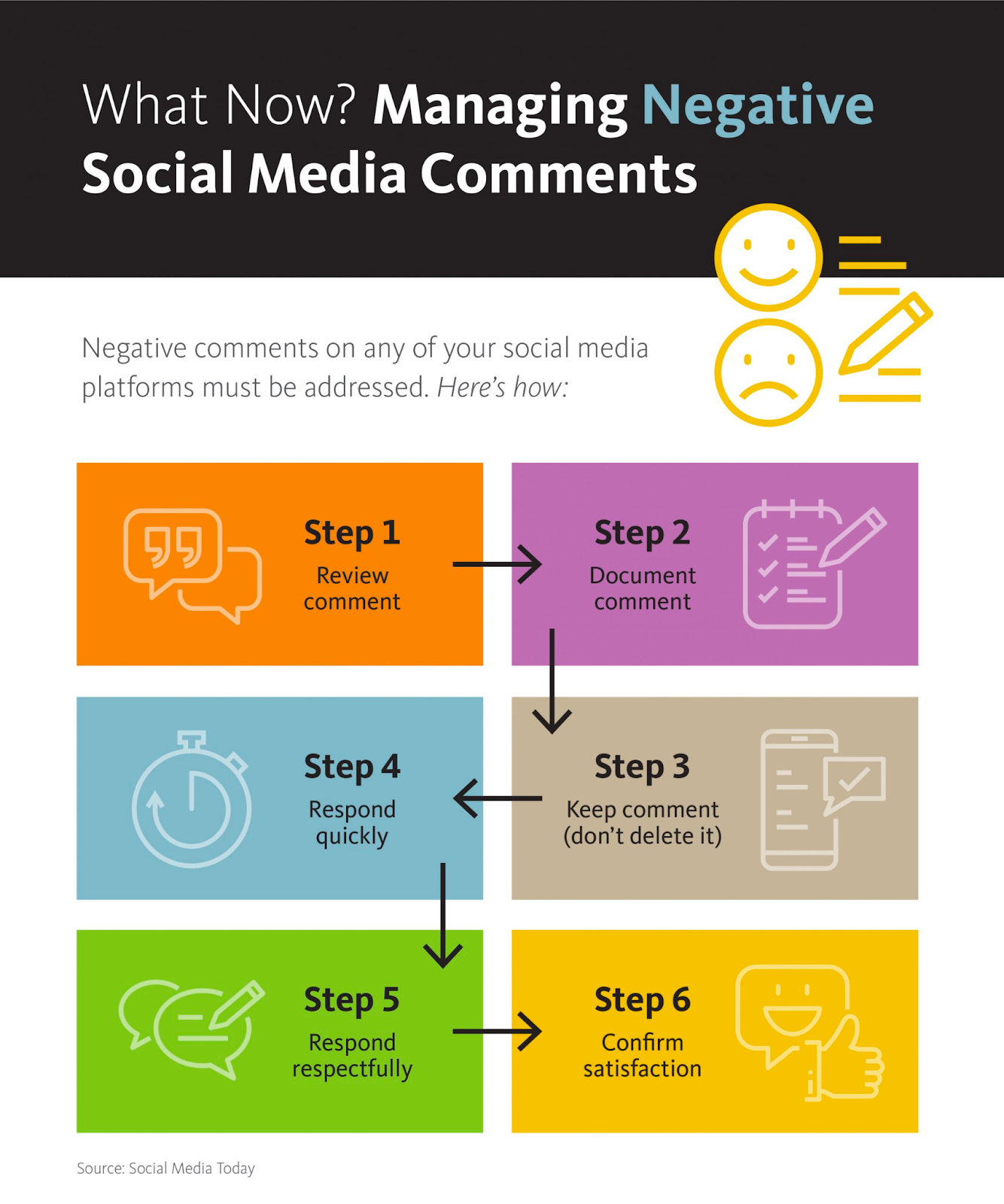




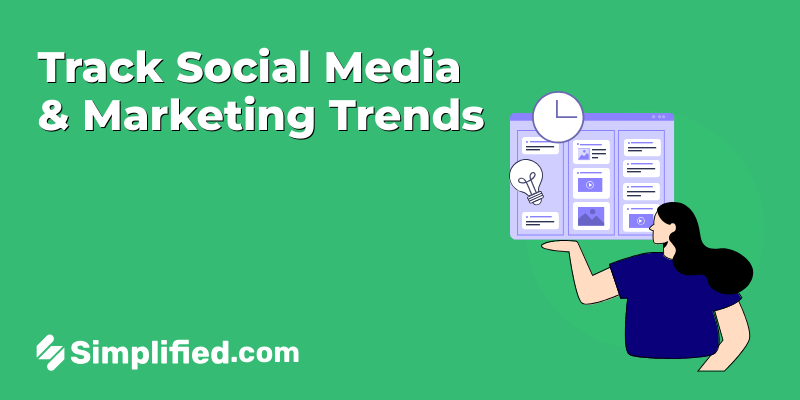





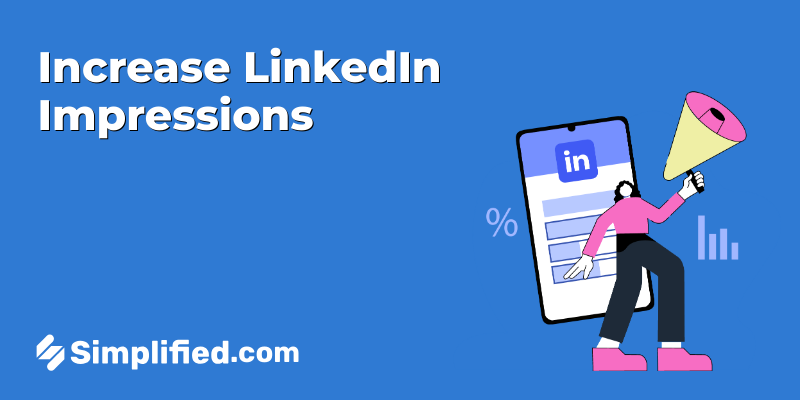
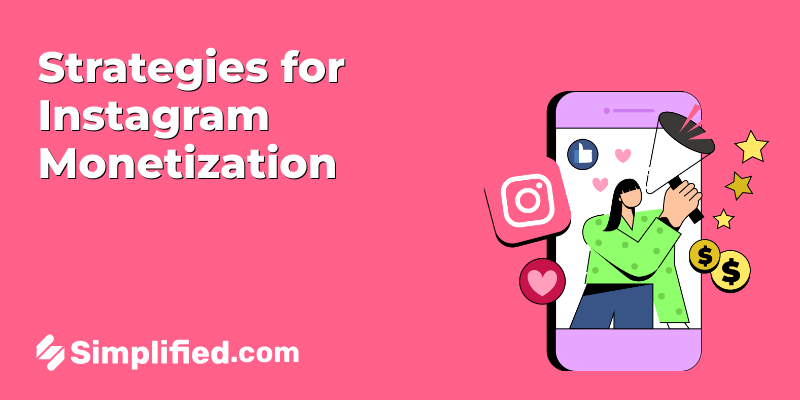


![13 Project Management Software & Tools for Creative Agencies [Free & Paid] 13 Project Management Software & Tools for Creative Agencies [Free & Paid]](https://siteimages.simplified.com/blog/Advertising-Agency-Project-Management-Softwares-01.png?auto=compress&fit=crop&fm=png&h=400&w=400)

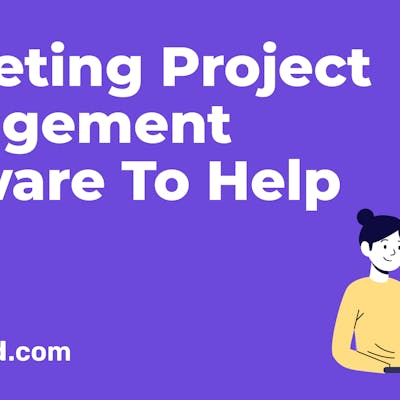
![How to Find Your Drafts on Instagram: Posts, Reels & Stories [2025] How to Find Your Drafts on Instagram: Posts, Reels & Stories [2025]](https://siteimages.simplified.com/blog/How-to-Find-Your-Drafts-on-Instagram-Ultimate-Guid-01-1.png?auto=compress&fit=crop&fm=png&h=400&w=400)
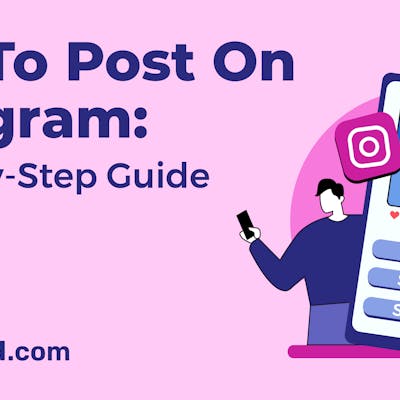
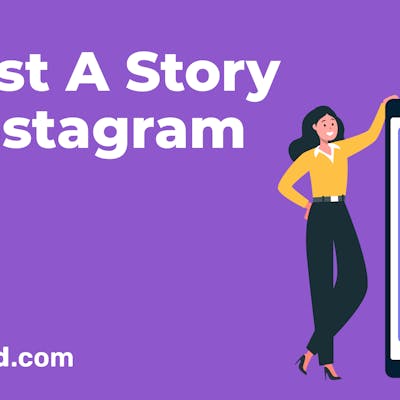

![20+ Top monday.com Alternatives In 2025 [Free & Paid] 20+ Top monday.com Alternatives In 2025 [Free & Paid]](https://siteimages.simplified.com/blog/Top-Project-Management-Tools-01-1.png?auto=compress&fit=crop&fm=png&h=400&w=400)


